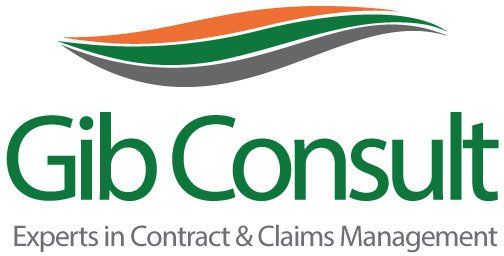By Annette Müller
•
May 20, 2021
The risks in having construction claims recognised and accepted can be substantially reduced through proactive contract administration, whereby reliable records and documentation are generated as the event occurs. In modern-day team sports such as cricket and rugby, we have an on-the-pitch umpire or referee, or as in the case of cricket, two umpires. It is expected of the umpires to make on-field decisions regarding events that occur on the pitch in a fair and just manner. However, due to the complexities during the event, it is not always possible for the umpire to make a fair and just decision on the event and he will then refer to the so-called television referee. The television referee will study all the available information recorded in both slow motion and real time to make a fair and just decision. The same situation occurs on construction projects when claims for both time and money are being submitted for a fair and just decision by the client. The contractor learns that the claims submitted are being scrutinised in the finest detail to either reject or to minimise the settlement value of the claim. The information available to the television referee will come from strategically placed cameras and camera operators. Should one of the strategic cameras have been unable to record the event, then the decision will be based on the available information and will probably not be to the satisfaction of both players and fans. The television referee or an arbitrator make their decisions based solely on the facts reflected in either the film recording in the case of the television referee, or from the detailed documents submitted by the contractor in the case of the construction claims. It is therefore understood that it is vital to submit all relevant documents when submitting a claim. The risks experienced by most contractors in having claims recognised and accepted can be substantially reduced through proactive contract administration, whereby reliable records and documentation are generated as the event occurs. Preparing the claim In preparing his or her claim, the contractor will correlate all information pertinent in support of the claim, whether it be for an extension of time and/or money. As with the television referee, the event leading to the claim to be drafted has passed. Thus, only the recorded information in the form of correspondence, site daily diaries, technical reports, drawings, time schedules, and drawings can be used to assess any entitlement. In addition, any costs also need to be substantiated and here copies of invoices, payments, lease and/or rental agreements, salaries and wages, and so forth must be supplied, to clearly demonstrate the costs that have been incurred because of said event. Assessment The contractor will submit the claim, with supporting information and documentation, to the responsible client representative on site who, as in the case of the match official, will either accept or reject the claim and hopefully give sufficient reason for the decision. The contractor and client representative will exchange views and documentation in an attempt to resolve the issue. They will, however, reach a point where both parties can no longer convince the other to their point of view. With a stalemate being reached, a dispute would be declared. A final attempt to reach some kind of amicable solution will also be made by the responsible leaders of the parties. Should this also fail, then the matter will be referred. When considering all the documentation available at this stage, one may believe a dispute could have been avoided had a notice or letter been submitted or more effectively communicated. A contractor who demonstrates a regular and proactive approach in submitting notices and/ or correspondence is less likely to end in dispute. However, when a dispute cannot be avoided despite good communication, the habit of providing the correct notices and correspondence in a regular fashion is more likely to achieve a fair settlement with the dispute process. Referral Having declared a dispute, the issue then is no longer under the control of the persons on site, but is referred to a neutral third party. The contract agreement will describe the procedure to be followed where a dispute is declared. As in the case of the sporting event, the contractor can be convinced that the right decision was not made and request that an independent person in the form of a mediator or an arbitrator review the claim. The role of the mediator is less independent because the mediator will work closely with both parties in trying to find a solution to the dispute. A contractor who demonstrates a regular and proactive approach in submitting notices and/or correspondence is less likely to end in dispute. As in the case of the television referee, the arbitrator or mediator will request all supporting documentation relating to the event. In the case of complex issues, interviews may be carried out, expert witnesses called in, and so on. The arbitrator will scrutinise the documents and arguments delivered by the parties in an attempt to understand the issues and to then reach a fair and equitable decision. Conclusion The awareness of the contract administrator is paramount in avoiding potential conflicts and risks. Risks should be identified as potential claims and be addressed in an amicable way before emotions are brought into the decision-making process. As with the television referee, any decision made where all the facts are well presented, with no malfunctioning camera, all parties will accept the decision and continue to work together. It is only when one party feels aggrieved that events become unpleasant and tend to end up in a long and costly process to determine the legitimacy of any claim.








